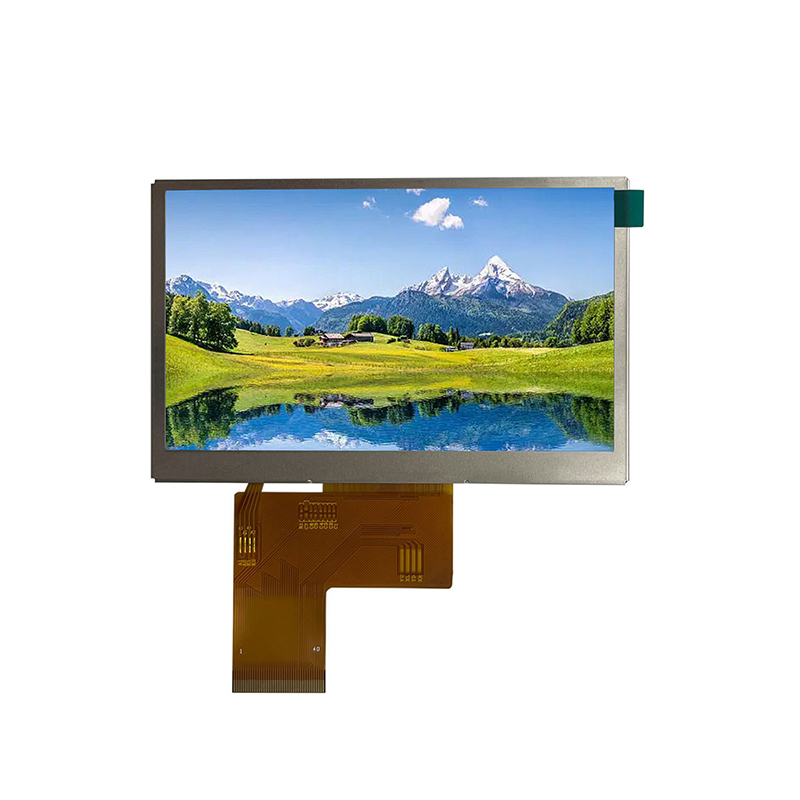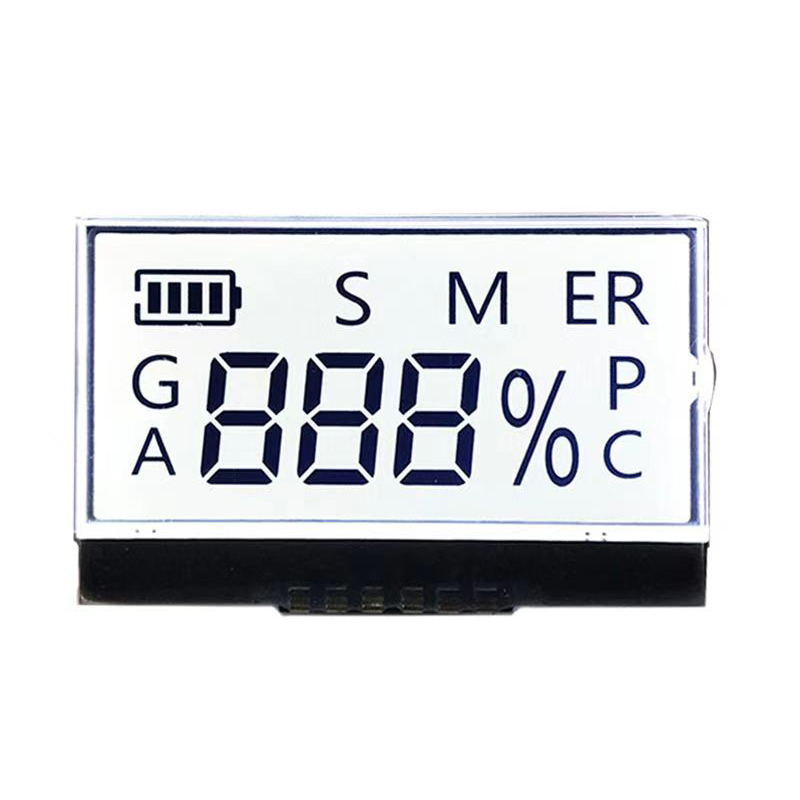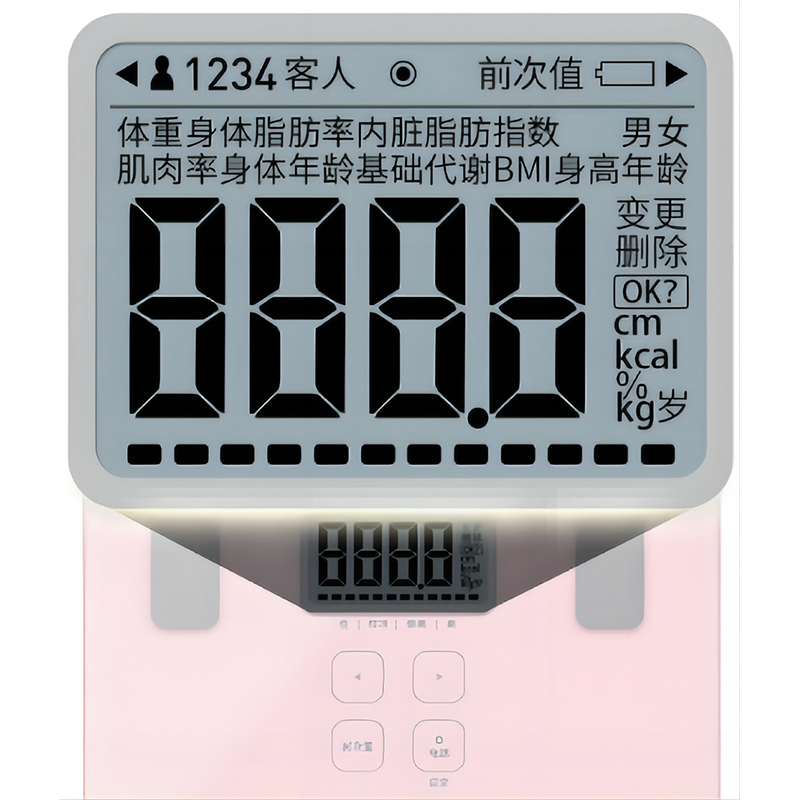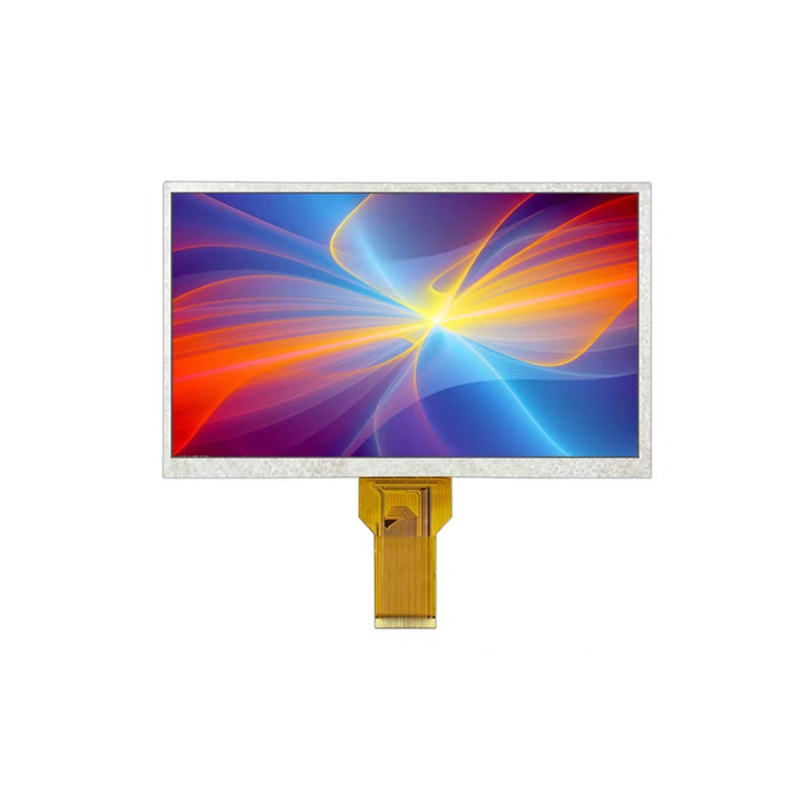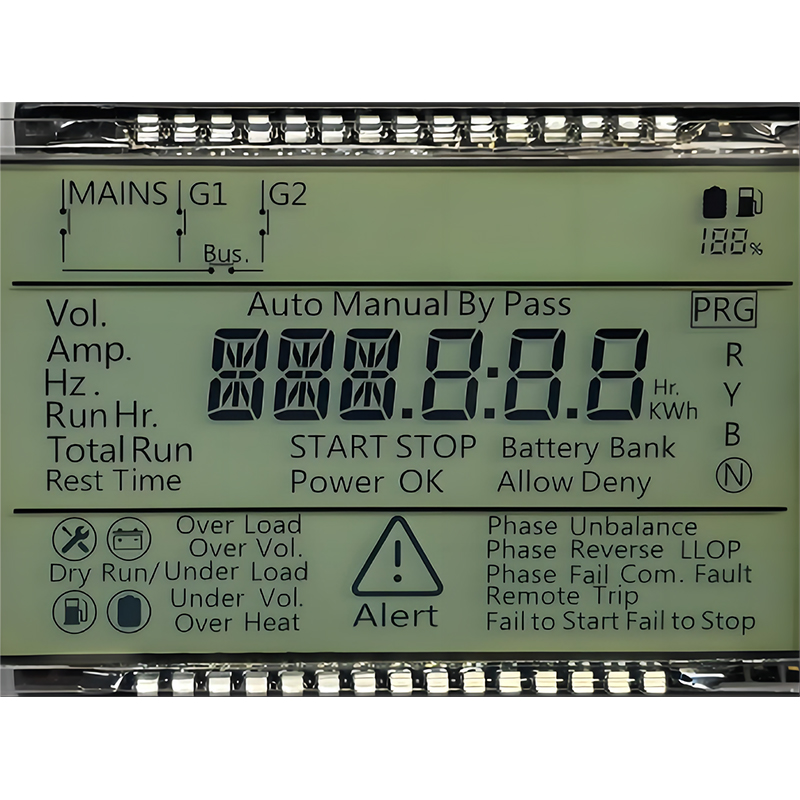
This guide provides a comprehensive overview of TN LCD technology, covering its principles, advantages, disadvantages, applications, and future prospects. We'll explore its key characteristics, comparing it to other LCD types, and examining its role in various display applications. Learn how TN LCD technology works and where it excels.
Twisted Nematic (TN LCD) is one of the oldest and most widely used liquid crystal display (LCD) technologies. It utilizes the principle of twisting liquid crystals to control light transmission. By applying an electric field, the alignment of the liquid crystals is altered, affecting the polarization of light passing through them. This allows for the creation of images on the screen. The relatively simple manufacturing process of TN LCD contributes to its lower cost compared to other technologies.
TN LCD panels are generally the most affordable option available on the market, making them ideal for budget-conscious consumers and high-volume applications. The simpler manufacturing process directly translates into lower production costs.
TN LCD displays boast faster response times than many other LCD types. This is particularly beneficial for applications requiring smooth motion, such as gaming and video playback. Blurring and ghosting are minimized due to the rapid switching of the liquid crystals.
Due to its widespread adoption and established manufacturing infrastructure, TN LCD displays are readily available in various sizes and resolutions.
Perhaps the most significant drawback of TN LCD is its narrow viewing angle. Color shift and contrast loss become noticeable when viewed from angles other than directly in front of the screen. This can make collaborative viewing difficult.
Compared to technologies like IPS and VA, TN LCD generally exhibits lower color accuracy and a more limited color gamut. The colors might appear less vibrant and accurate, especially when viewed off-axis.
Let's compare TN LCD with other prominent LCD technologies:
| Feature | TN LCD | IPS LCD | VA LCD |
|---|---|---|---|
| Response Time | Fast | Moderate | Moderate to Slow |
| Viewing Angle | Narrow | Wide | Wide |
| Color Accuracy | Lower | High | High |
| Cost | Low | Moderate to High | Moderate to High |
TN LCD technology finds applications in a variety of devices, including:
While newer technologies like IPS and OLED offer superior image quality, TN LCD remains relevant due to its cost-effectiveness and fast response times. It's likely to continue to find a niche in applications where these advantages outweigh the limitations of narrower viewing angles and less vibrant colors. For cost-sensitive applications, TN LCD technology will likely maintain its position in the market.
For high-quality TN LCD displays and solutions, consider exploring the options available from Dalian Eastern Display Co., Ltd., a leading provider of display technologies.
1 Data gathered from various manufacturer specifications and industry reports.




